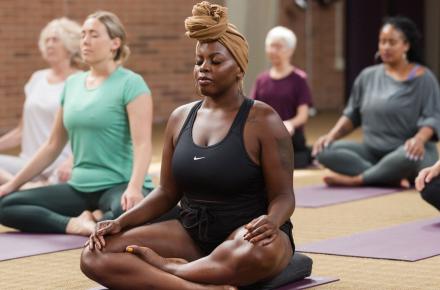Awakening from the Daydream


I’m a Buddhist and, as a Buddhist, I am trying to follow the Buddha’s example of an “awakened being”—but what does that really mean?
When we are “awake,” are we really awake?
According to the Buddhist teachings, we spend most of our time in this world in a kind of daydream. Within our “daydream,” we are relating to what is going on in our world, but our sense of reality is heavily filtered by memories, habitual patterns of our mind, projections about the future, etc., etc., etc. During the night, when we are actually asleep, our story lines continue in the form of night dreams.
Just as we take our reality within the night dream to be completely real (e.g., if someone is chasing us in the dream, we run), in a similar way, during the daydream, we take our projections to be real (“that person doesn’t like me,” “I suck at my job,” “I’m in love and now everything is going to be perfect,” “I need chocolate ice cream right now”). We rarely, if ever, take a good look at the quality of our mental activity to see how much of it is fabricated and distorted, and how much of it is accurate and clear.
That’s where the practice of meditation comes in. During sitting meditation, we look directly at the mind’s activity and can recognize (on a good day) that we are often completely carried away by our thoughts. Periodically, within the meditation session, and sometimes in daily life, we actually awaken from our “daydream mind,” and experience a clear (if brief and fleeting) moment of being awake, present, without a thick filter of thoughts and preconceptions. You can actually do that right now for a moment.
Take a break from reading this and for a second look away from the computer or your device. First, take three mindful breaths, and then concentrate on the sounds around you, the sounds of the street or what have you. What is it that you hear? What does it actually sound like? Just simply be present and hear what you hear without qualifying or evaluating further.
Experiencing the moment in this way is, in fact, a glimpse of the Buddha nature or “awake” mind that so many people are writing about these days—a simple moment of awareness unfettered by memories of the past and projections about the future. Recognizing this moment—recognizing and expanding that recognition—was and still is the essence of the Buddha’s teachings. The discovery of this kind of direct awareness is often described as finding a treasure hidden in plain sight or a jewel in a rubbish heap.
Buddhist monks or yogis sometimes participate in long retreats with very little sleep and sit upright in a meditation posture for 24 hours a day for considerable periods of time. In that situation, the sleep is very light and one never goes very deeply into unconscious states. Obviously, these practices are very intense and not particularly designed for lay people like you and me. They may not really mesh with living fully in the world as we do.
However, the practice of awakening from the daydream, both in formal meditation sessions and in our daily lives, can mesh with people like us. You can do it at work, on vacation, after a wonderful night of rest, or even if you’ve had three hours’ sleep the night before and are up late struggling to finish a project or a term paper. This practice of awakening from the daydream, connecting with the awakened state of mind, beyond judgment, evaluation, causes, and conditions, at this very moment, is always available, and can be profound and surprisingly refreshing.
Find out about upcoming programs with David Nichtern.
This article was originally published on David’s website.


















































